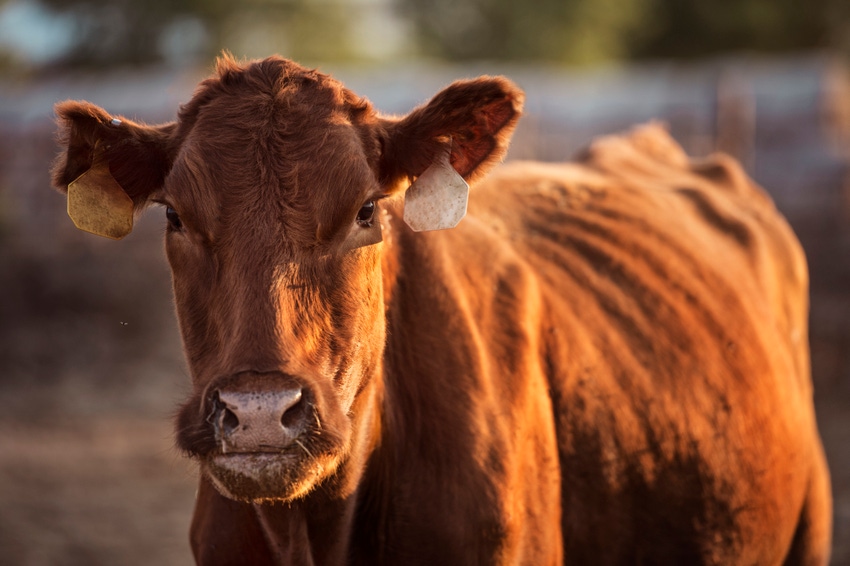Beef producers have adapted and changed as the beef business evolved.
November 12, 2020

Have you ever tried to remember when something happened in the industry awhile back? Have you tried to remember why we do something the way we do?
Well, there is a handy and interesting way to find out those things and lots of others you don’t remember at all -- especially if you weren’t around then.
A fellow who’s been around for lots of it, who will turn 100 before the new year, has chronicled the industry in a new book, the “Dynamic Beef Cattle Industry.” John Matsushima, long-time professor at Colorado State University and before that at the University of Nebraska and before that at the University of Minnesota, doesn’t try to remember it all. Apparently he has kept lots of file cabinets full, and condensed it into a fascinating look at our industry.
The Timeline and Milestones sections of the book alone are a thought-provoking look at where we’ve been and a suggestion of where we might go in the future. We have adapted and changed more than you might realize.
Some of the charts show an amazing amount of progress, things like feedlot production costs, cow-calf production costs, quality grades and yield grades. Annual fed cattle marketings by feedyard size over the last 40 years shows trends that might surprise you. The feedyards under 8,000 head capacity have remained steady over than time period and close for those under 16,000. It’s the 16-32,000 and up that have dropped the most.
Some of my favorite photos are the cross sections of whole steers—frozen whole animals sawed in standing, vertical cross sections with the hide on—which exploded some of the industry myths about what we thought visually were superior animals. The illustration of the need for yield grades was dramatic. Other pictures show the cycles of size and body type over the decades, all the nine marbling degrees for reference and all the important retail cuts.
Of course, since Matsushima has taught nutrition and feeds to some 10,000 students over 70 years of teaching, the book has some good sections on those topics, including all the different ways grain has been processed over the years. Matsushima was a pioneer of steam flaking in the 1960s, a processing concept which markedly changed the feeding industry.
The Timeline section fills five pages of industry advances from 5,000 B.C. to the present. It is interesting to see how many seminal events occurred around 1960, for example, that had lasting impacts, like steam flaking, boxed beef, trucking instead of railcars and cryovac packaging.
Although a Coloradoan by birth, Matsushima has consulted in 16 countries. But we were surprised to learn he had been present, along with Bud Middaugh of the USMEF and Sam Washburn of NCA at a Tokyo meeting with Japanese officials in 1978 to finalize the agreement to begin U.S. beef exports to Japan. And, yes, there are tables tracking the growth of the U.S. beef export industry.
There is a statistics section that covers important data in the industry, information about national associations and a list of breeds we’ve tried and discarded. There is also an interesting section on the Japanese cattle industry and their beef that you’re unlikely to find anywhere else.
Hamburgers around the world and beef byproducts are also interesting topics. There’s information on the segments of the industry, the ruminant digestive system, health and cattle management.
So when did the first Ohio corn-fed animals arrive in Baltimore? It was a lot longer ago than you’re likely thinking. Here’s a hint: they were four- and five-year olds.
The fun thing about this book is that some of it is “inside baseball” fascinating to industry people. But other information is great background for folks outside of the industry who want to better understand the cattle and beef industry. That opens up lots of gift giving ideas with a certain holiday coming up soon.
To order the book:

Dittmer is a longtime beef industry commentator and executive vice president of the Agribusiness Freedom Foundation. The opinions of the author are not necessarily those of beefmagazine.com or Farm Progress.
About the Author(s)
You May Also Like





